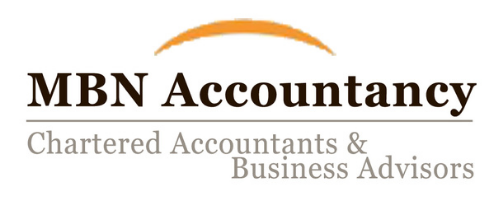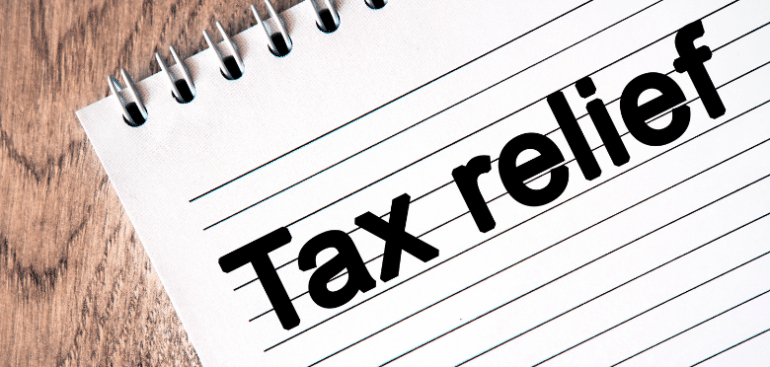Furnished holiday lettings have a number of tax advantages compared to standard residential lets, and one of the key ones is the availability of business asset rollover relief. This enables a landlord of a furnished holiday let to sell one property and invest in another without immediately crystallising any associated capital gain. This can be a big plus.
Nature of business asset rollover relief
Business asset rollover relief enables any capital gains tax arising on the disposal of an eligible asset to be deferred where another asset is acquired from the proceeds of the sale of the old asset. The capital gain is ‘rolled over’ and does not become chargeable until the new asset is sold.
Where the cost of the new asset is at least equal to the full amount received from the sale of the old asset, relief is available in full. Effect is given to the relief by reducing the base cost of the new asset by the amount of the rolled-over gain.
If the new asset costs less than the amount received from the sale of the old asset partial relief may be available.
The new asset must be acquired in the period that runs from 12 months before to three years after the date of the disposal of the old asset.
Example
Maria has a number of properties that she lets as furnished holiday lettings.
She sells a holiday cottage which she acquired for £140,000 for £270,000, realising a gain of £130,000. She reinvests the proceeds in a new holiday cottage, which costs £320,000.
She claims business asset rollover relief.
As a result, she defers paying capital gains tax on the gain of £130,000. Instead, the base cost of the new property is reduced by £130,000, from £320,000 to £190,000.
Had Maria not claimed the relief, assuming that she is a higher rate taxpayer, she would have had to pay capital gains tax of £36,400 within 30 days of completion of the sale of the cottage. Instead, she has this money available to reinvest in the new property.
For help and advice on business asset rollover relief, please contact us

